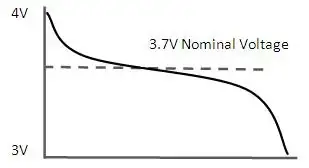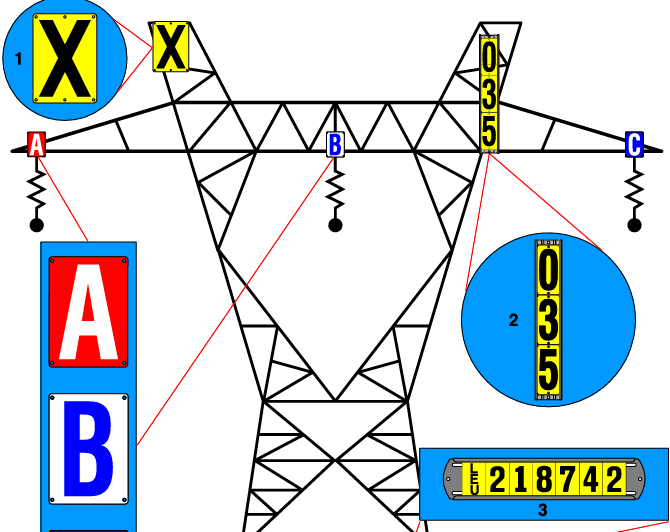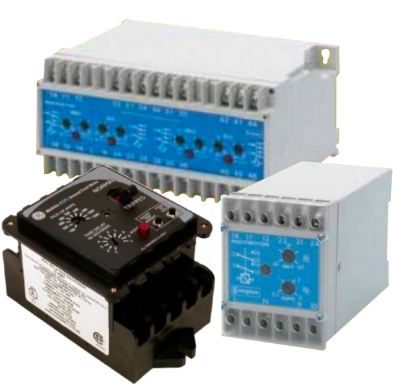What Is An Arc Fault Breaker - Protection Explained
By R.W. Hurst, Editor
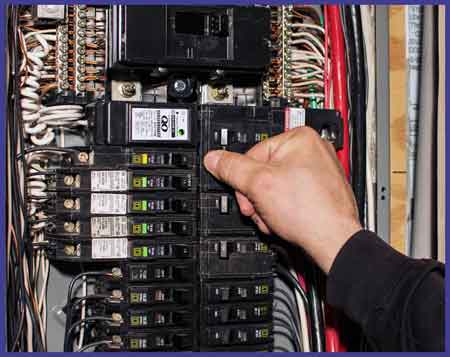
Arc Flash Training CSA Z462 - Electrical Safety Essentials
Our customized live online or in‑person group training can be delivered to your staff at your location.

- Live Online
- 6 hours Instructor-led
- Group Training Available
Download Our OSHA 3873 Fact Sheet – Minimum Approach Distance and Training Requirements
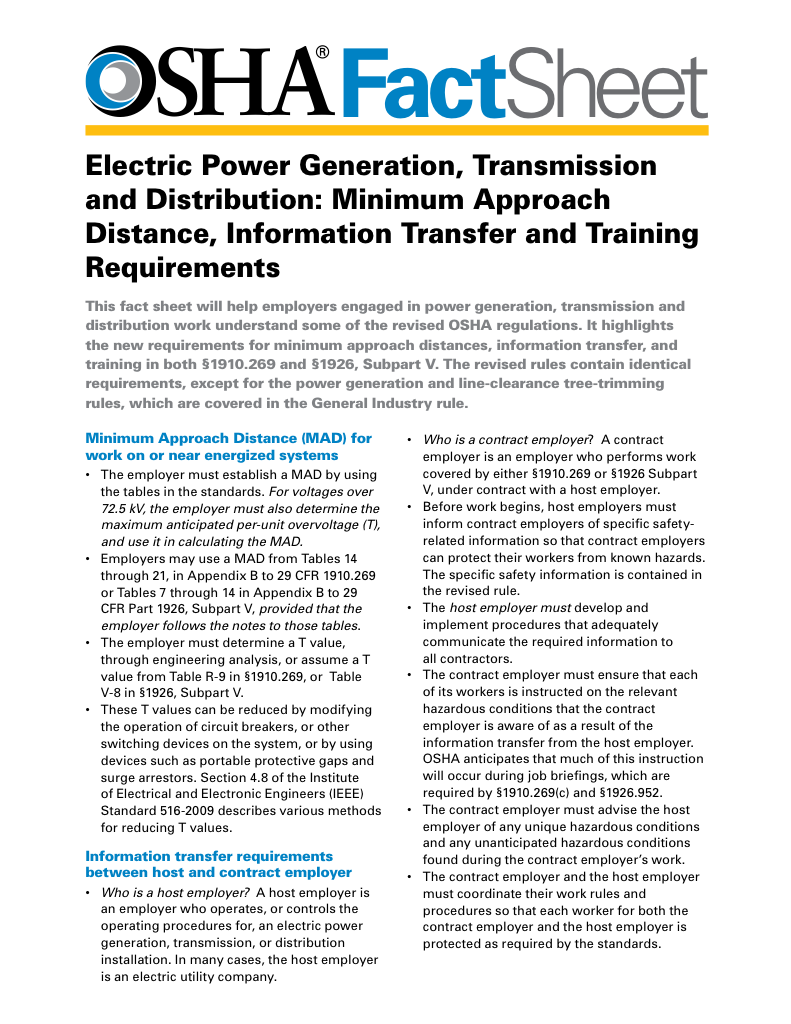
- Calculate MAD using voltage and overvoltage values
- Ensure proper communication between host and contract employers
- Meet OSHA training requirements for qualified electrical workers
What Is an Arc Fault Breaker? An AFCI device that monitors branch-circuit waveforms, detects series or parallel arcing faults, and trips to prevent electrical fires, meeting NEC requirements for residential wiring and panelboard circuit protection.
What Is an Arc Fault Breaker?
An AFCI breaker senses arcing on branch circuits and trips to reduce electrical fire hazards.
✅ Detects series and parallel arc signatures via waveform analysis
✅ Trips faster than thermal-magnetic breakers for arc faults
✅ Required by NEC for many dwelling-unit branch circuits
What is an Arc Fault Breaker, and How Does It Work? Electrical fires are one of the most dangerous hazards in homes, often caused by electric arcs that result from damaged wiring or faulty connections. To protect against these risks, arc fault circuit interrupters (AFCIs) have become essential components in modern electrical systems. These devices, commonly known as AFCI circuit breakers, are designed to detect dangerous arcing conditions and shut off the circuit before a fire can ignite. For foundational context on what electrical arcing is, see the overview at what electrical arcing entails and how it relates to household wiring safety.
Request a Free Training Quotation
An AFCI circuit breaker is a type of protective device designed to detect hazardous arcing conditions in the electrical system. Unlike standard breakers, which protect against overloads and short circuits, AFCIs provide enhanced protection by identifying arcs. Electric arcs occur when the insulation around wires is compromised, resulting in a spark or a series of sparks. These sparks can be hot enough to ignite surrounding material, causing an electrical fire. Common precursors include damaged insulation and loose terminations, as outlined in what causes electrical arcing for typical residential scenarios.
FREE EF Electrical Training Catalog
Download our FREE Electrical Training Catalog and explore a full range of expert-led electrical training courses.

- Live online and in-person courses available
- Real-time instruction with Q&A from industry experts
- Flexible scheduling for your convenience
AFCIs work by constantly monitoring the electrical waveform within the branch circuits supplying outlets in the home. When the device detects an irregular arc that deviates from the normal operating conditions, it interrupts the circuit, preventing hazardous arcing. The breaker detecting an arc will shut off the power instantly to stop the potential fire from starting. Although AFCIs target arc faults at the branch-circuit level, understanding under what circumstances an arc flash can occur helps frame the limits of this protection in homes.
What Types of Arcs Can an AFCI Circuit Breaker Detect?
There are two primary types of arcs that an AFCI circuit breaker is designed to detect: series arcs and parallel arcs.
-
Series arcs occur when a single wire or conductor is damaged or broken, causing intermittent contact that results in an arc. This can happen due to wear and tear, damaged insulation, or loose connections.
-
Parallel arcs occur between two conductors, such as a hot and neutral wire, where the insulation has degraded, allowing an arc to form between them. Parallel arcs are especially dangerous because they can generate a significant amount of heat, which can easily ignite surrounding materials.
AFCIs provide both arcing fault protection and the ability to detect these types of arcs, making them invaluable in preventing electrical fires. By contrast with these low-energy faults, how an arc flash occurs involves far higher incident energy and different mitigation strategies.
Where Are Arc Fault Breakers Required by Code?
According to the National Electrical Code (NEC), AFCI protection is mandatory in many areas of the home. These locations include family rooms, dining rooms, living rooms, parlors, libraries, dens, recreation rooms, closets, hallways, and similar spaces. The requirement for AFCI protection is intended to minimize the risk of electrical fires in common living spaces where people spend a significant amount of time. While the NEC addresses installation requirements, NFPA 70E guidance on arc flash focuses on safe work practices that complement residential safety measures.
The NEC has expanded AFCI requirements over the years, and in many regions, they are now required in branch feeder circuits that supply outlets in older homes and newly built homes alike. Even homes with updated electrical systems are required to install AFCIs to ensure protection against electrical hazards.
How Does an Arc Fault Breaker Differ from a Ground Fault Breaker?
While both AFCIs and ground fault circuit interrupters (GFCIs) protect against electrical hazards, they serve different purposes.
-
AFCI circuit breakers are primarily designed to detect arcs that can lead to fires. Their focus is on identifying dangerous arcing conditions in branch circuits and stopping the flow of electricity before an arc can cause a fire.
-
GFCI ground fault circuit interrupters, on the other hand, protect against electrical shocks. GFCIs monitor the flow of current between hot and neutral conductors and trip the circuit if an imbalance occurs, indicating that electricity is flowing through an unintended path, such as a person’s body. This prevents shock hazards.
Both types of protection are necessary in a modern home. For example, in areas where both arcing faults and shock hazards may exist, such as kitchens or bathrooms, a combination of AFCI and GFCI protection is essential. This distinction also clarifies that AFCIs do not mitigate arc-flash energy, which depends on factors outlined in what causes arc flash during higher-energy faults.
Can an Arc Fault Breaker Prevent All Types of Electrical Fires?
While AFCIs provide a significant layer of protection against fires caused by arcs, they are not designed to prevent all types of electrical fires. For instance, AFCIs may not detect fires caused by overloaded circuits, short circuits, or other forms of electrical failures that do not involve arcing. However, when it comes to arcing conditions, AFCIs are highly effective at reducing the risk of fires caused by damaged wiring or faulty connections.
Sign Up for Electricity Forum’s Arc Flash Newsletter
Stay informed with our FREE Arc Flash Newsletter — get the latest news, breakthrough technologies, and expert insights, delivered straight to your inbox.
In older homes, where wiring may have deteriorated over time, AFCI protection is especially important. As wiring ages, the insulation around conductors can degrade, increasing the likelihood of arcs forming. Adding AFCI protection to these homes can greatly reduce the risk of electrical fires caused by such hazardous arcing conditions.
The AFCI circuit breaker plays a vital role in modern electrical safety by providing arcing fault protection that standard breakers cannot offer. By detecting electric arcs, AFCIs prevent the start-up of the machines or other devices that could cause dangerous sparks. With AFCIs required by the National Electrical Code in many key areas of the home, they are essential for ensuring the safety of living spaces like family rooms, dining rooms, libraries, and more. While they do not replace the need for GFCI protection, AFCIs add an additional layer of security by preventing fires caused by arcing faults, making them a crucial component in both new and older homes. In commercial or industrial settings, upstream protection may include arc-flash reduction or arc-flash breaker solutions that address clearing times beyond typical residential breakers.





